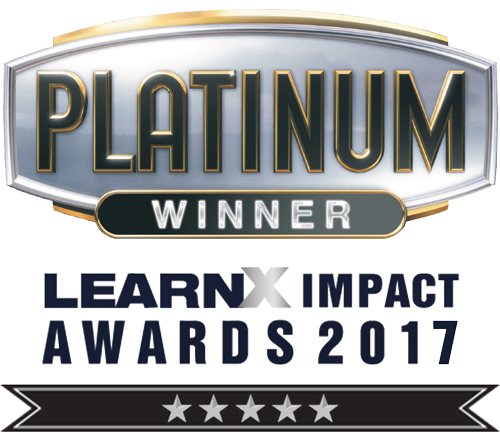Now part of the Education portfolio, the Vocational Education Design Team (VEDT) are one of the operational groups that supports course development and uplift at RMIT. The team has been busy building educational environments and products for internal, external and industry partners.
A constant throughout these projects has been the workflow process – Plan Design Build Review.

The team is primarily learning designers and multimedia designers, with essential support and leadership from a program manager, an editor and project coordinator.
Plan
Planning is key to a successful project, and ensuring scope and methodology is articulated early comes to the roles of the project leads and the coordinators. Understanding the outcomes of the project, the compliance requirements and the stakeholder needs form what is mapped during the stages.
Although all of the team are involved in each of the stages, accountability of tasks and involvement changes across these stages as per roles. Content gap analysis can provide some insight into required resourcing, especially if some resources have been available but it’s not clear if they are relevant to the competency. This task is typically the role of Learning Designers, though scoping of the learning materials required can help guide the multimedia team for asset generation, even before there’s material to build. Preparation of keystone interactive content like a virtual workplaces takes place early.

Design
The design stage is critical to the success of the project. The Learning Designers are in the position of, in most cases, being unfamiliar with the subject matter when they start to prepare a course design. Pulling in available resources from pre existing courses, meeting with subject matter experts, online material and library services are prepared into a coherent form. The result of this is storyboarding – which is a clear outline of the material, the best way to present it and any learning activities that may assist the learner.

Build
Once the learning material has been storyboarded, assessments designed, teacher guides written, it all gets handed over to the Multimedia team to be built into the Learning Environment. This is typically RMIT’s LMS Canvas, but some learning material needs to made available for redistribution. This means the team has to be across technologies such as SCORM, xAPI, and standalone HTML packages.
The multimedia team brings proficiency in the tools to build in these environments. A variety of authoring tools have been used; such as Bridge, Captivate and Rise Articulate 360. Two projects have required a custom solution, so a SCORM authoring tool was developed that would allow custom interactives and branding with a quick authoring process.
The multimedia team also build assessments. Senior Multimedia Designer Claire Tao who has experience as an educator and across various institutions, provides the experience in the team to ensure compliance and quality control are met.

The richness and quantity of the learning experiences that is built can only be achieved with the workflows that have been developed. The custom assets developed are delivered to the client or school for reuse and the team is currently working with the Library services to make these available to all RMIT educators for modification and reuse. Setting up a dedicated VE asset collection with the Library will provide additional tools and information for educators and will also lead to future opportunities for the vocational education design team to increase the scale of impact across the institution.
Review
Although there are review points throughout the workflow, the end of the project allows a broad top-down approach and an retrospective of the project, the processes and the product. A keen set of eyes and attention to detail help ensure the content remains consistent across learning components and face to face material. Learning Designer Rebecca Summits’ experience attends itself to the reality that some content can diverge after having being worked on by multiple disciplines.

A ‘lessons learned’ session is conducted at the end of each project, internally and with key stakeholders. These workshop sessions give the opportunity to review what worked well what didn’t and inform the workflow of future projects.
Bringing it all together
Of course a workflow is only as effective as its implementation. The project coordination team ensure that team meet deadlines, communicate effectively with stakeholders. Erica Managh is instrumental in ensuring this takes place and is the backbone of a team. Keeping a team of 12 whose roles is to flexibly reinterpret and creatively design and build all day can be a superhuman effort. Not quite herding cats, but you get the idea.

So how does this result in the finished product? The VEDT works across all colleges and aims to provide sustainable resources and uplift for the entire University. We’re always looking for efficiencies and our workflow and processes are reviewed and reinforced to ensure we stay on track. Despite this, the team still has an opportunity to reflect on the learning material that has produced.



